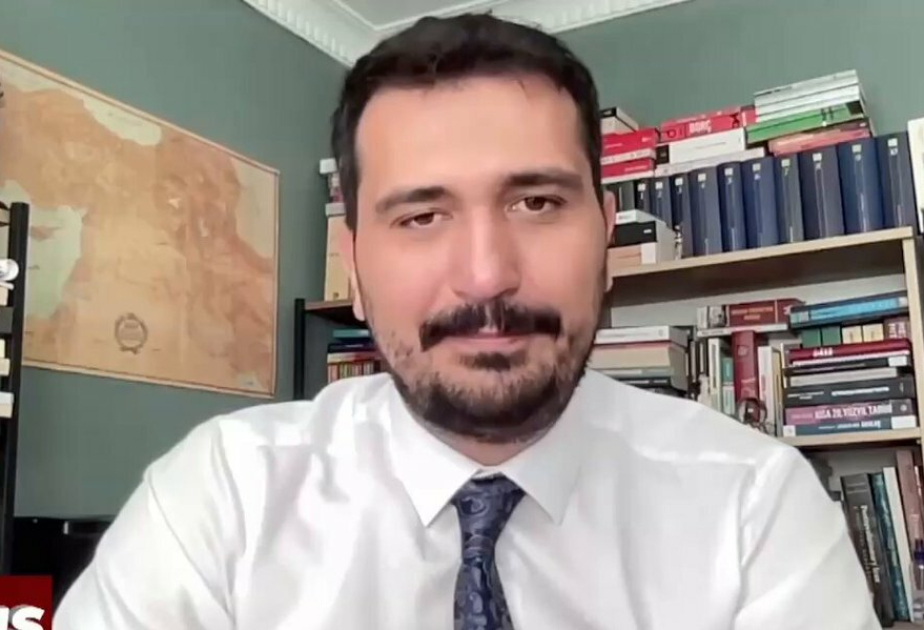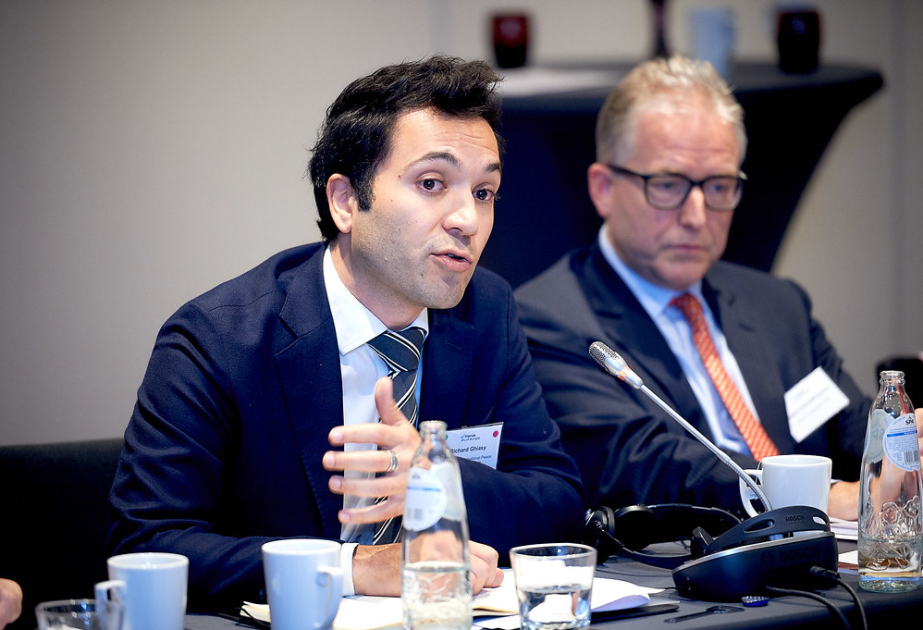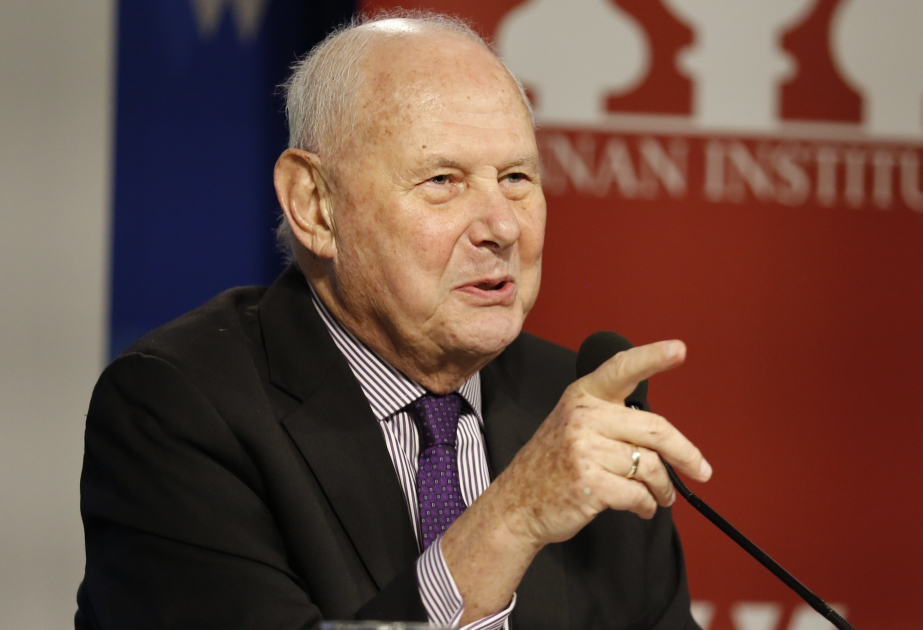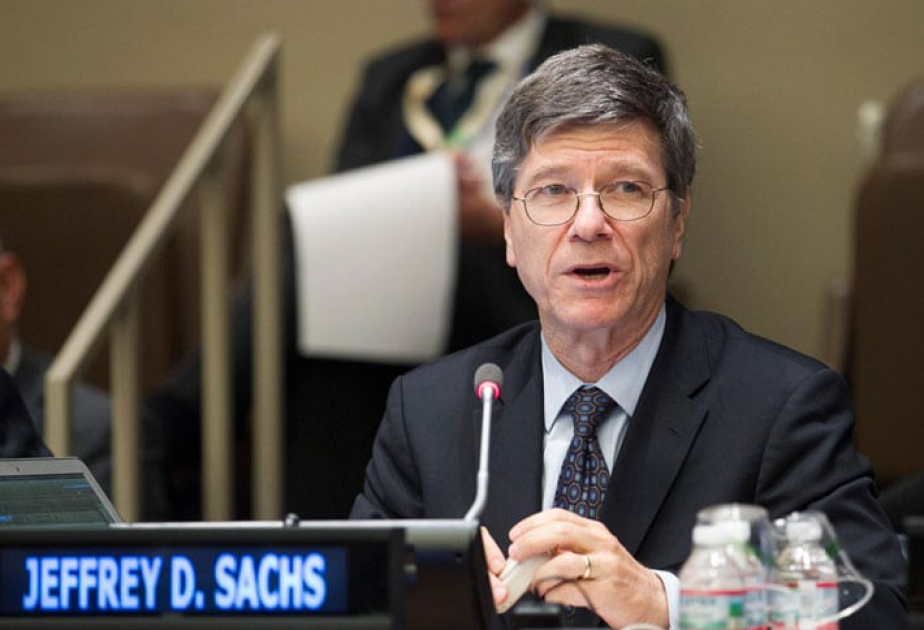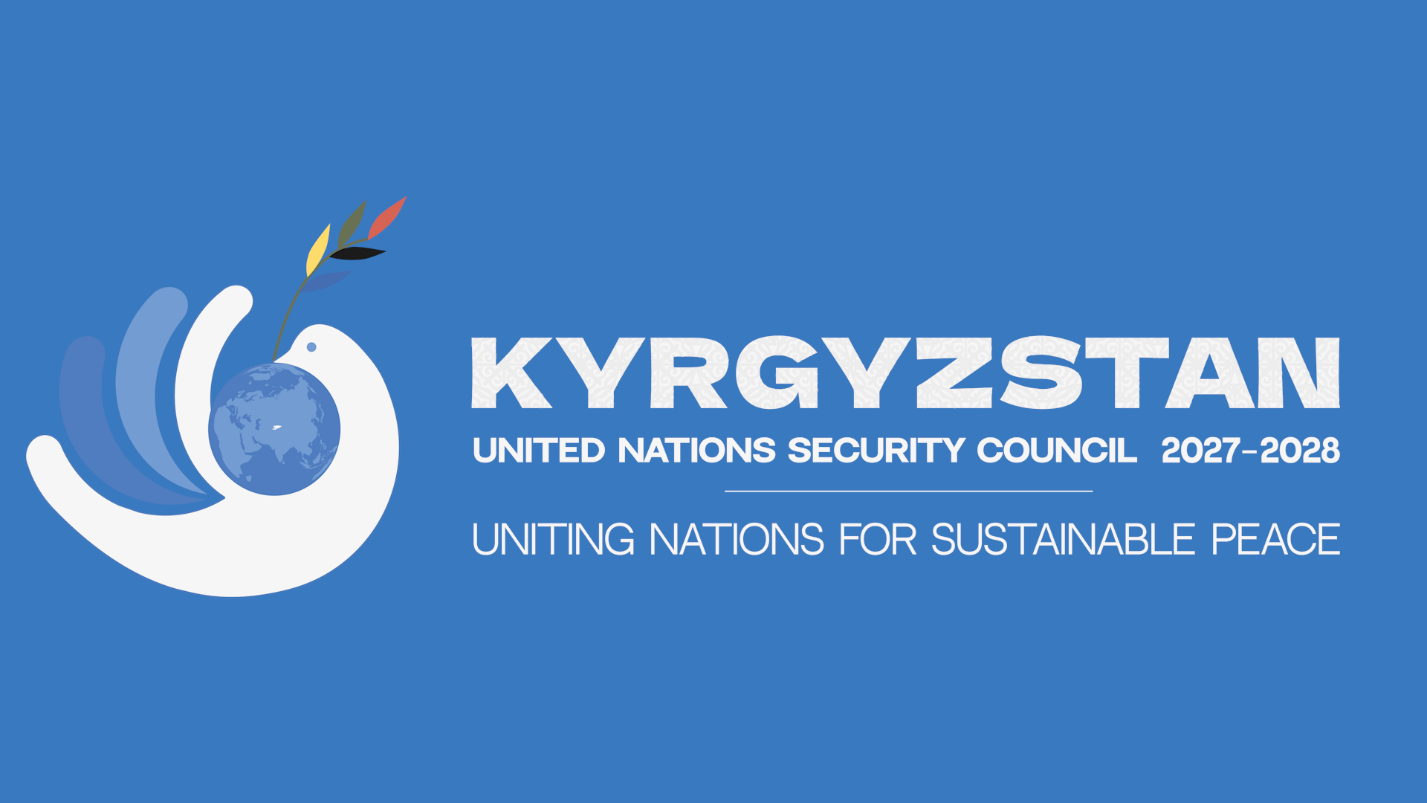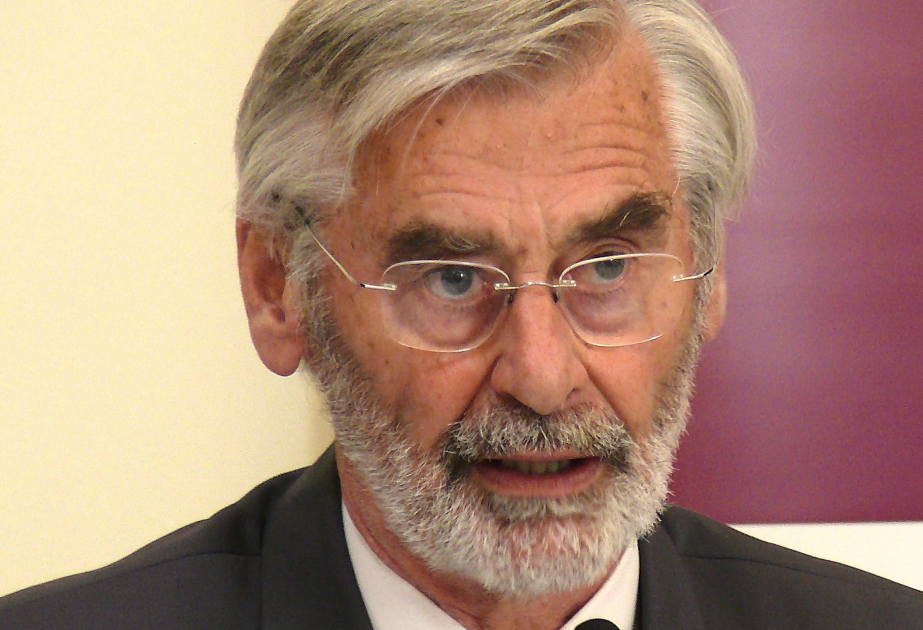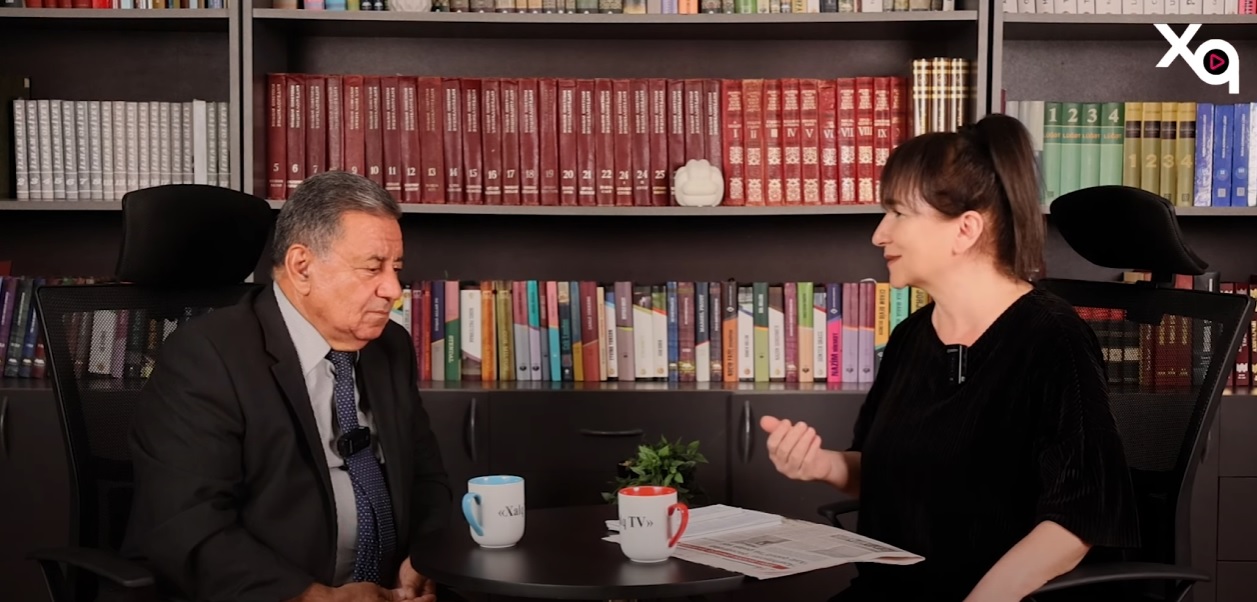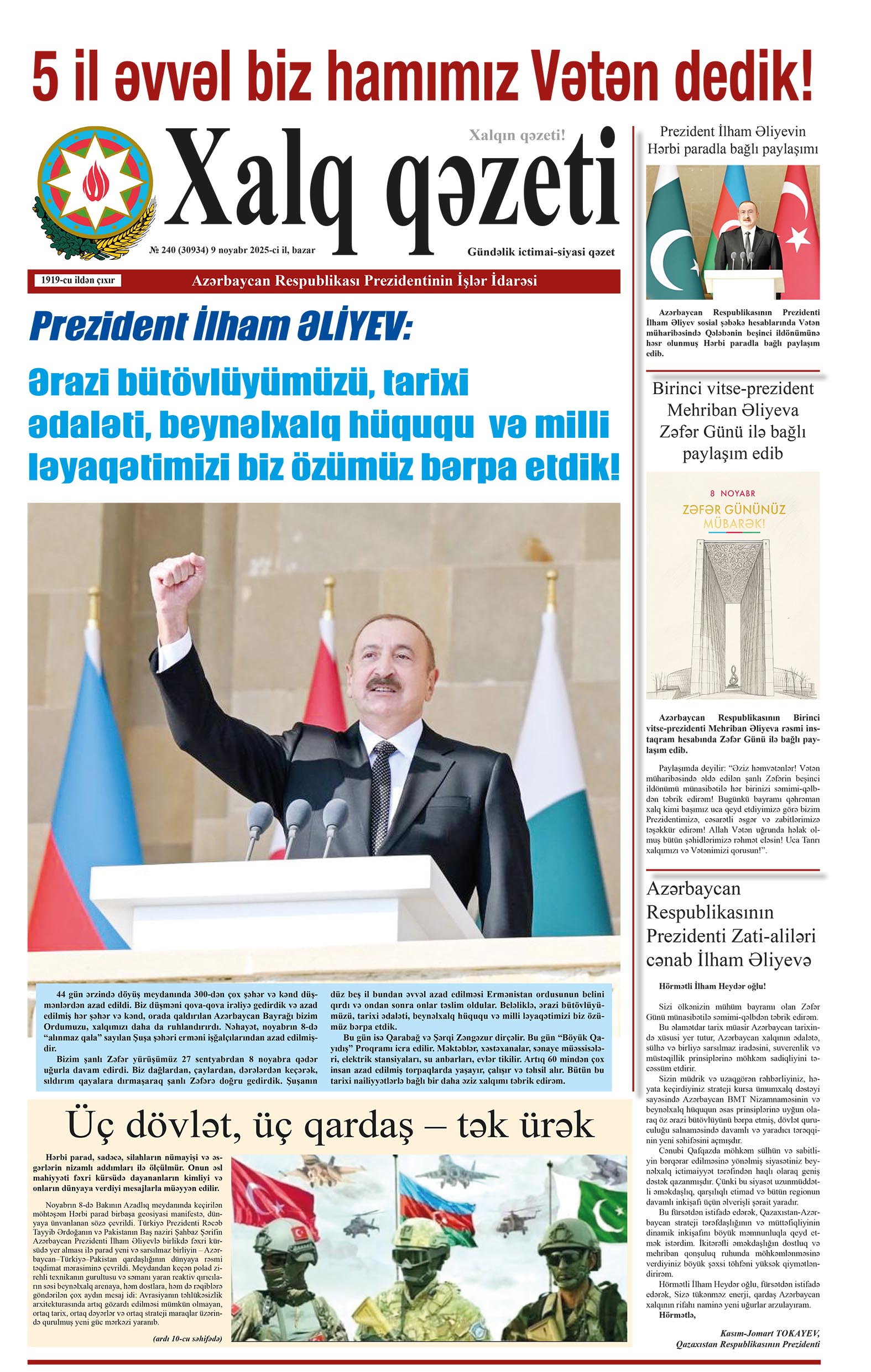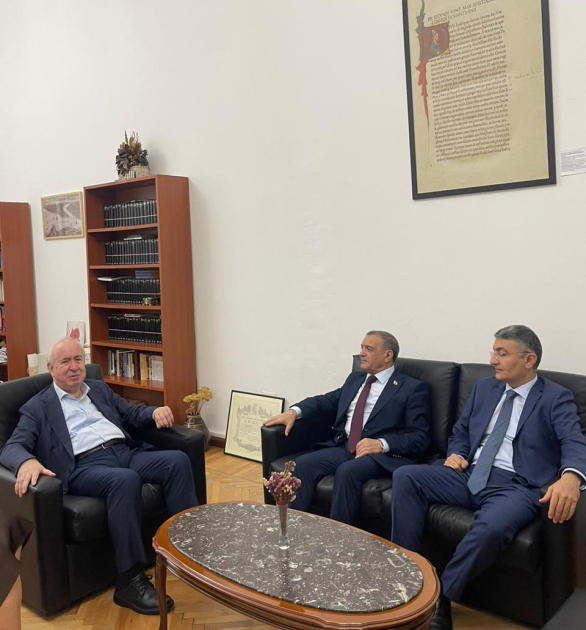AZERTAC presents an interview with U.S. expert Irina Tsukerman, President of the geopolitical risk consulting firm Scarab Rising, Inc., member of the Board of Directors of the Washington Outsider Center for Information Warfare, and national security attorney.
– How do you assess the economic impact of the agreements reached in Washington on the balance of power in the South Caucasus, considering the roles of Azerbaijan, Armenia, and neighboring countries such as Iran and Russia?
– The Washington agreements strengthen Azerbaijan’s economic potential and shift the center of regional initiative toward Baku. The practical effect is already visible in the growing investment appeal of Azerbaijan’s infrastructure projects: attracting loans, energizing private partners, and increasing foreign participation in energy supply chains are creating a long-term foundation for economic influence. This is not a one-time gain, but a platform for the continuous growth of Azerbaijan’s transit role, capable of reshaping geo-economic linkages in the South Caucasus.
Armenia is gaining a chance to access new transit flows and investments that could serve as a catalyst for infrastructure modernization and the revitalization of border areas. Armenia’s success will depend on its ability to turn its geographic position into an economic asset rather than a vulnerability.
Iran views these agreements in a competitive light. On one hand, the expansion of alternative routes via the Caspian and South Caucasus undermines Tehran’s transit advantage and diminishes its role as the exclusive corridor between Russia and the Persian Gulf. On the other hand, with a pragmatic approach, Iran could find niches for cooperation: joint logistics hubs, harmonization of customs procedures, and collaboration on oil and gas routes give economic meaning to coexistence. The choice will be Tehran’s—to bet on confrontation or on commercial pragmatism.
Russia is losing a tool of influence, though not immediately and not entirely. The rerouting of trade flows and the influx of Western investments into projects once dominated by Russian companies reduce Moscow’s role as the monopoly holder of regional logistics. However, Russia retains military and political leverage; it may use energy ties and remaining transport hubs to slow or complicate diversification. For the region’s long-term stability, it is important not only to build new corridors but also to reduce political vulnerability to potential countermeasures.
From a macroeconomic perspective, the Washington agreements stimulate capital inflows and create a multiplier effect: the development of port and rail infrastructure generates demand for construction materials, services, and labor, significantly boosting domestic value-added. This opens a window for economic diversification, especially for Azerbaijan, which could cease to be solely a supplier of raw materials and become an operator of value-added logistics and transport services.
Politically, the economic changes redistribute “soft power”: countries that take on project coordination and procedure standardization gain significant credibility in the eyes of international investors and neighbors. In this context, Azerbaijan is becoming not just an energy supplier, but also a coordinator of regional integration—giving it asymmetrical influence in negotiations with Armenia, Georgia, and external actors.
The ultimate transformation of the balance of power will depend on three factors: the institutional resilience of the new agreements, the transparency of revenue distribution, and the ability of local elites to turn infrastructure successes into socio-political stability. Without these conditions, the gains risk remaining nominal, and attempts to monopolize transit revenues could lead to new frictions and political polarization.
– What economic opportunities does the active promotion of the Zangezur Corridor open for the entire region, and how will it affect trade between Azerbaijan, Armenia, and Iran?
– The Zangezur Corridor has the potential to transform the logistics landscape of the South Caucasus: it creates a direct, economically efficient link between mainland Azerbaijan and Nakhchivan, and further to Turkey and the Middle East market. This shortens delivery times and reduces transportation costs, making export goods more competitive and opening new export niches for industrial and agricultural producers in the region.
For Azerbaijan, the corridor means transforming the country from a supplier of raw resources into an operational platform for managing transit, logistics, and related services. This creates opportunities to expand the range of economic activities: establishing warehouse clusters, container terminals, value-added processing zones, and transit-related services. In the long term, this strengthens budget resilience and reduces dependence on oil and gas revenues.
Armenia gains a potential economic boost in the form of infrastructure investment, increased employment in border regions, and the influx of entrepreneurial initiatives into transport services. In an ideal scenario, Armenia’s participation in the corridor would modernize its railway network, roads, and warehouse infrastructure, as well as stimulate small and medium-sized businesses. However, the key condition is transparent and favorable transit terms for Yerevan and guaranteed economic participation—without which the benefits will be limited.
For Iran, the Zangezur Corridor is both a competitor and an opportunity. The competitive threat lies in the reallocation of some freight that could otherwise pass through Iranian routes; this impacts Tehran’s transit revenues and geopolitical leverage. At the same time, Iran could benefit from connections to the corridor: coordinating multimodal routes, creating joint logistics hubs, and harmonizing customs regimes could open additional markets for Iranian goods and reduce overall transportation costs in the region.
The practical benefits for trade between the countries will come from reducing transit barriers, implementing digital customs, and standardizing container procedures. This will make viable the flow of industrial goods and agricultural products between Azerbaijan and Armenia, while also simplifying Iran’s access to Turkish and European markets via shorter routes. The key conditions here are agreements on tariffs, security, and the right to use infrastructure.
The institutional component is no less important: without international guarantees and the participation of financial institutions, projects risk being unstable. Involvement of the EBRD, ADB, or multi-donor mechanisms will reduce political risks and enable large-scale construction and technical modernization on favorable terms. Financial discipline and competitive concession models will help avoid the creation of “transit monopolies” that would redistribute benefits unilaterally. For sustainable corridor development, a package of guarantees, integrated procedures, and transparent revenue-sharing mechanisms is needed to turn the corridor into a stable economic asset rather than a political weapon.
- How will China’s influence through its Belt and Road Initiative (BRI) interact with the new agreements and projects discussed at the Washington meeting?
China’s BRI leaves a lasting investment and logistical imprint on regional economies, and its interaction with Western-initiated agreements will hinge on pragmatism and competition. China offers capital, construction expertise, and an integrative framework that could complement projects like the Zangezur Corridor if alignment is achieved on standards, financing, and infrastructure management.
In an optimistic scenario, Chinese investments could accelerate railway and port development, shortening construction timelines and providing technological solutions. For Azerbaijan and Armenia, access to Chinese contractors and funding could ease budgetary pressures and drive large-scale modernization. Here, China acts as a catalyst, complementing Western creditors to create diversified financing and technological competition.
However, China’s approach often involves long-term operator presence and control over key infrastructure, raising risks of dependency, especially if contracts grant exclusive operational rights or favor Chinese suppliers. Regional players must adopt mixed financing models, enforce strict localization requirements, ensure technology transfers, and maintain transparent audits to mitigate over-reliance.
China’s involvement will also intersect with political dynamics. For the U.S. and Europe, an enhanced Chinese role necessitates coordination on standards and security to avoid fragmented infrastructure networks and inconsistent regulatory frameworks.
Energy is another critical dimension. China’s interest in stable energy and raw material supply routes could expedite the development of multimodal corridors linking the Caspian Basin to East and South Asian markets. This offers Azerbaijan and its neighbors additional export channels, boosting demand for energy supplies and enhancing revenue stability.
The interaction with China will depend on the region’s ability to pursue a balanced, multi-vector policy: leveraging Chinese investments and technology while retaining control over national assets and transit rights. Transparent contracts, localization commitments, and arbitration mechanisms must be integral to any deals with Chinese partners.
Finally, China’s interest in stable corridors and minimized political risks could lead to compromise formats, such as joint consortia, mixed operators, or international financing packages combining Chinese loans with Western technical expertise. This approach could foster synergy but will require political will and institutional clarity from South Caucasus nations.
- How will the South Caucasus’ role as a transit hub evolve with the new agreements and transport route development involving key regional players?
The South Caucasus has the potential to become a vital transit hub connecting Europe, Central Asia, the Middle East, and South Asia, provided projects are implemented systematically with macro-regional cooperation. A combination of railway concessions, modernized Caspian ports, and standardized multimodal transport procedures could create an infrastructure framework capable of handling significant cargo volumes and attracting transit companies.
Success hinges on standardized procedures and digitized logistics. Unified electronic customs corridors, harmonized container transport requirements, and compatible service platforms will make the route competitive in terms of time and cost. Without digital integration, transport corridors risk remaining fragmented and less competitive than alternative routes through Turkey or Iran.
The involvement of key players like Turkiye, Georgia, Azerbaijan, and potentially international investors creates a synergy effect, making routes attractive not just for individual countries but for global supply chains. This positions the South Caucasus as an alternative to traditional North-South and East-West routes, embedding it within Eurasia’s broader economic geography.
Economic benefits span multiple areas: direct revenues from transit fees and services, indirect gains for logistics and processing, and human capital development in transport-related sectors. This fosters growth in small and medium enterprises and supports regional economic diversification.
In an ideal scenario, the South Caucasus evolves into a hub of multipolar logistical connections, where the interests of the EU, China, Turkiye, and regional players converge. This brings not only economic gains but also greater political leverage in transit and security negotiations, enhancing the region’s autonomy on the global stage.
- How can the U.S. support the corridor’s infrastructure development, given Washington’s interest in diversifying transport and energy routes bypassing Russia and Iran?
The U.S. can provide a mix of financial, technical, and diplomatic tools to minimize risks and accelerate corridor development. Key measures include loan guarantees and political risk insurance to attract commercial banks and private investors. U.S. agencies and funds can act as catalytic investors, initiating major projects to draw further investment.
Secondly, the U.S. can export technologies and expertise, such as railway signaling systems, digital customs and logistics platforms, and terminal management standards. These enhance the corridor’s competitiveness and reliability amid complex regional dynamics.
Thirdly, diplomatic and political support is critical. The U.S. can work through multilateral institutions to establish cooperation and arbitration frameworks that reduce political risks. Technical assistance in developing regulatory frameworks, training personnel, and supporting anti-corruption measures will ensure transit revenues do not fuel instability.
Fourth, coordination with partners like the EU, Turkiye, and regional development banks is essential. Joint financing packages, shared infrastructure ownership, and cooperative management structures will distribute costs and risks, alleviating concerns for all parties.
Fifth, energy support is vital. The U.S. can facilitate access to technologies for energy transport and processing, support terminal and hub development, and promote alternative energy projects to reduce vulnerability to price shocks, enhancing the corridor’s economic resilience.
Finally, U.S. assistance must be tied to transparency and conditionality. Aid will be more effective if linked to transparent procedures, accountability, and local community involvement in benefit distribution, strengthening project legitimacy.
- What opportunities arise for Azerbaijan’s economy from expanded U.S. cooperation confirmed at the Washington summit? How do you assess Azerbaijan’s role in shaping a new regional economic order post-summit? What is the potential of these agreements for attracting investment and expanding national exports to new markets?
Expanded U.S. cooperation opens avenues for Azerbaijan to diversify its capital and technology inflows. Foreign direct investment in infrastructure, logistics, and processing lays the foundation for transitioning from an energy-dependent economy to a more diversified one, encompassing industrial parks, processing facilities, and logistics services. This will boost high-skill employment and create new tax revenue streams over the long term.
Post-Washington summit, Azerbaijan’s role could be pivotal in shaping a new regional economic order as a transit hub operator and mediator between the West and South Caucasus neighbors. Baku now has a broader toolkit: political capital with Western partners, economic incentives for neighbors, and the ability to integrate regional markets into a unified logistics network. This positions Azerbaijan as an architect of regional rules, not merely an energy exporter.
The agreements’ potential to attract investment is significant, particularly with transparent, competitive mechanisms and investor rights guarantees. The presence of U.S. companies and financial institutions reduces political risk premiums, signaling confidence to global investors. Investments will flow into logistics, construction, IT services for transport, and value-added raw material processing.
Export potential grows by reducing logistical barriers and accessing new markets via transit routes. Azerbaijan can expand agricultural processing, metallurgy, and light industry, leveraging the corridor to reach Turkey, the Middle East, and potentially South Asia. This requires export subsidies and branding support to ensure competitiveness in quality and price. The Washington agreements offer a window for accelerating Azerbaijan’s economic modernization and redefining its regional role.




